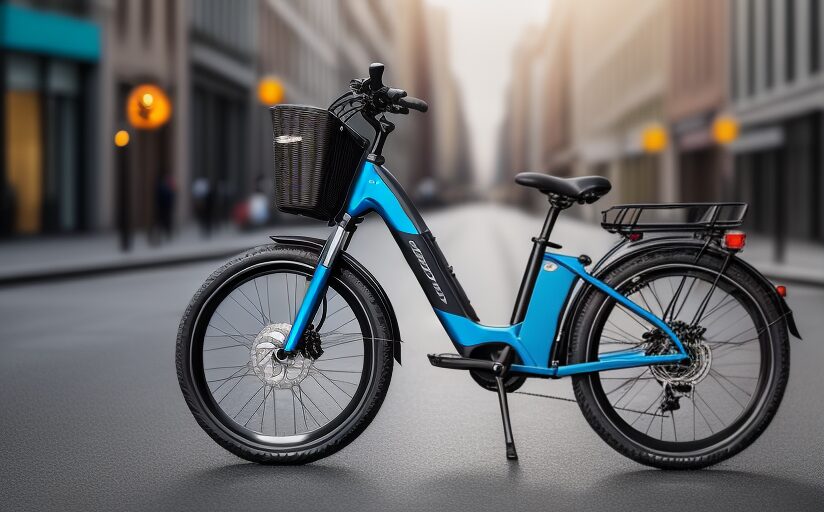
Level 2 chargers provide a convenient and efficient charging solution, capable of fully charging a 300-mile range battery in 6-8 hours, which is ideal for overnight or destination charging. They require a 220V or 240V service and offer a range of power outputs from 3 kW to 19 kW. The cost for Level 2 chargers varies, with the average equipment cost per connector ranging from $685 to $6,626, with most costs clustering around $2,976.
These chargers are suitable for both residential and commercial settings due to their higher power output and additional functionalities compared to Level 1 chargers. Networked Level 2 chargers, commonly found in commercial areas, support advanced features like charge scheduling, load management, and demand response. They can also manage payments and are compatible with time-of-use electricity rates, often allowing charging during off-peak hours to save on costs. California is moving towards using submeters in networked chargers for billing electricity use.
Non-networked Level 2 chargers are prevalent in single-family homes and multiunit dwellings. They do not require separate metering since the electricity used is charged directly to the individual’s bill. These chargers are a cost-effective option for those needing more power than Level 1 but have limited budgets. Both networked and non-networked models are designed for indoor or outdoor use, with various NEMA ratings for durability and safety.
Key Takeaways:
- Level 2 chargers can fully charge a 300-mile range electric vehicle battery in approximately 6-8 hours.
- Networked Level 2 chargers offer advanced features like charge scheduling and load management, which are beneficial for commercial settings and multiunit dwellings.
- Non-networked Level 2 chargers are cost-effective options for single-family residences and locations where charging costs can be directly billed to the user’s electricity bill.
“A Level 2 charger can currently produce a full charge for a 300-mile range battery in about 6-8 hours and is perfect for destination and overnight charging.”
More details: here

